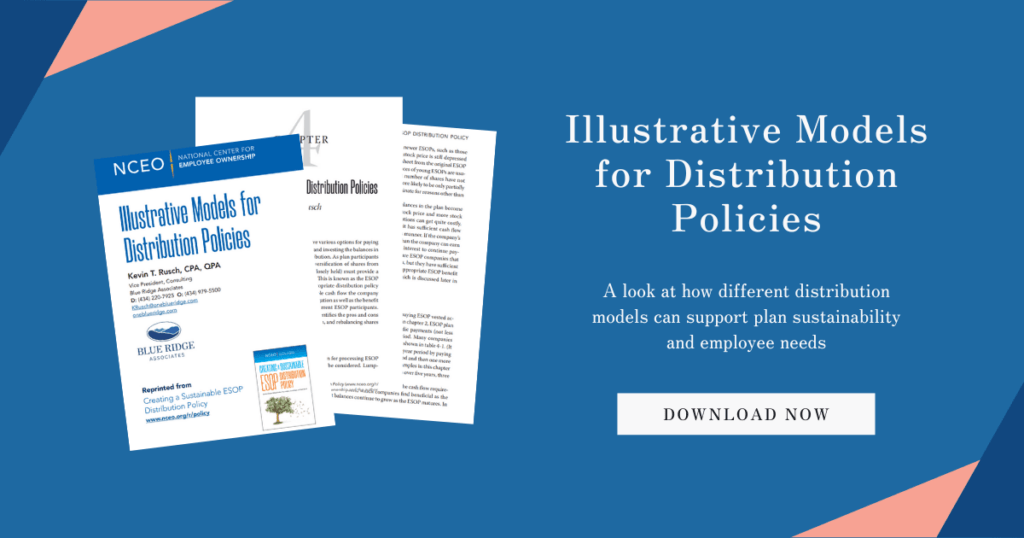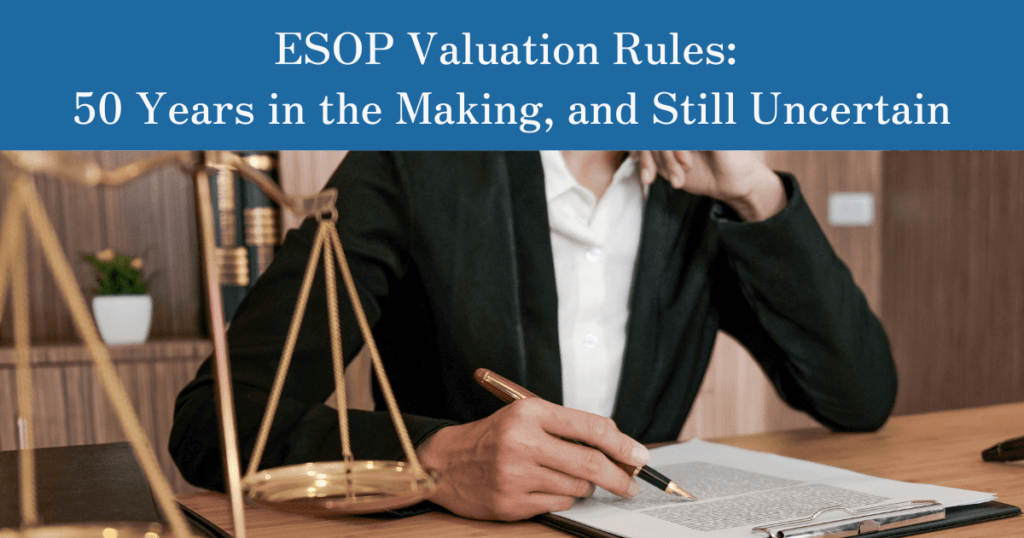5 Key Insights for Smoother Plan Administration
As many Plans have wrapped up allocation and reporting tasks for plan years beginning in 2023, it is time to reflect on what can be done to make 2024 a little easier and more efficient. To that end we offer a few insights for your consideration.
Administration of retirement plans seems simple but is quite complex. The primary tenet of Plan administration is that a Plan must be operated in accordance with the Plan document and applicable laws and regulations. Responsibility for compliance ultimately falls on the Plan Administrator – the entity, person or committee named as such in the Plan Document. Plan Administrators often employ professionals to assist with completing the many tasks involved in Plan administration . One of those employed is the TPA – the function Blue Ridge plays in the administrative process. It’s never a bad idea to contact your TPA when you’re uncertain of the answer to a participant’s question. Here are some of the more common questions that Blue Ridge receives from clients.
1. A Participant is leaving the Company and wants to know when they’ll get their money from the ESOP.
The answer is “it depends.” This will be addressed either in the distribution section of the plan document or in a more detailed distribution policy. Most often, ESOP participants must wait until the annual updating of accounts is finalized for the year during which they terminate before taking a distribution. Most ESOPs are sponsored by private companies that update participant balances once a year and their stock is only valued once a year. Often, plans will have up to a five year wait for participants terminating for reasons other than death, disability or retirement. The language in the plan document often states participants are eligible for a distribution no later than the sixth plan year end following termination. This language is usually intended to leave discretion to the Plan Administrator to commence payment to participants anywhere between the plan year after termination up to five years later. Sometimes distributions over a certain amount are paid in installments, or distributions are paid in stock. All of this should be clarified in a written distribution policy, if not in the plan document and, if there is no written distribution policy, the Plan Administrator should make these decisions and apply them consistently from year to year.
2. A Participant is retiring. Is there anything special that I need to do?
The main point to clarify is the term “retirement”. Many participants believe that if they are retiring, it means they are considered “retired” according to the plan. This is not always the case. Retirement for Plan purposes is defined in the Plan document (and included in the summary plan description). Many plans define normal retirement as separation from service after attaining X age (commonly 65) or separation after attaining the later of Y age and Z years of service (or years of Plan participation). Some Plans also provide for an early retirement provision. Status of retired (or early retirement) vs. terminated can mean the difference between receiving a contribution allocation or not for the plan year of separation, becoming 100% vested (or not) and distribution timing. The plan document contains a definition of normal retirement (and may also include a definition of early retirement) and only those who meet this definition will be considered retired.
3. We just received news that a Participant passed away. Who gets the Participant’s benefit?
The Participant’s beneficiary or beneficiaries. The beneficiary or beneficiaries are the persons or entity designated as such by the Participant. While it is important to encourage participants to name a beneficiary or beneficiaries, often this is not done. In cases where the Participant has not designated a beneficiary(ies), Plan documents have default provisions. Legally, the beneficiary will be the participant’s surviving spouse. If no surviving spouse, a plan will name the order of other beneficiaries. It may state that the benefit will be paid to children. If no children, then to the participant’s parents. If no surviving spouse, children or parents, the benefit may be paid to the Participant’s estate. This may cause some work to identify and locate these relatives, which is another good reason to make sure participants fill out their beneficiary designation forms. If the participant filled out a form for another plan, such as the 401(k), this may prove useful for locating beneficiaries.
It is also important to review current document provisions and remind participants to keep their election updated for any changes that occur due to divorce, remarriage, death or a new child. As noted above, the participant’s beneficiary is the participant’s current spouse unless the participant designated another beneficiary and obtained valid spousal consent. What about a case where a participant completed a beneficiary designation form naming his or her then current spouse as beneficiary and later was divorced from that spouse? At time of death, who is the beneficiary? Was there a Qualified Domestic Relations Order (QDRO) that awarded benefits to the former spouse? Are there Plan provisions that state that designation of the former spouse as beneficiary is revoked after divorce unless a QDRO specified otherwise, or the participant completes a new beneficiary designation form that names former spouse as beneficiary? Did the participant remarry before death? Again, it’s important to review Plan provisions and also remind participants to review their beneficiary designations for changes due to divorce, remarriage, death or new child.
4. A Participant in our ESOP is eligible to make a diversification election. Do you have a simple explanation that I can provide?
Yes – and no. When a participant is eligible to make the election is relatively straightforward. An ESOP participant who attains age 55 and completes 10 years of Plan participation is eligible to diversify a portion of the shares held in their account. Determining if the Participant has met the 10 years of participation can be a little tricky as some plans define year of participation differently. Some credit a year of participation for any year the participant has been in the Plan. Some only credit if the Participant was eligible to receive a contribution allocation for a given year. Some Plans limit diversification only to Participants who are actively employed. Once the eligibility period is determined to start it lasts for a six year period. Note that the clock starts in the year a participant is first eligible to elect diversification, not the year they may first make an election.
But once the determination is made that a Participant is eligible to diversify, the tricky part can be explaining how the shares eligible to diversify are calculated. Generally, the amount eligible is 25% of the shares ever allocated less shares previously diversified. The formula to calculate the amount eligible starts with the participant’s current total shares, adding back in any shares previously diversified or distributed to get to the total shares ever allocated. This is then multiplied by 25%. Then the cumulative number of shares previously diversified are subtracted to arrive at the number of shares currently eligible to diversify. (Note: Regulations aren’t clear if all shares ever distributed and diversified are subtracted or just shares diversified. For this article the conservative approach was used and added back shares previously diversified or distributed to arrive at total shares ever allocated but only subtract shares previously diversified to arrive at shares eligible to diversify). This means if a participant elects to diversify 25% the first year, the next year, all that is remaining to diversify is 25% of any new shares allocated, which makes for a much smaller diversification amount that year and in the following years. For the sixth and final year, the percentage increases from 25% to 50% allowing participants the possibility to diversify more shares that year.
5. A new Employee wants to know when they’ll enter the Plan and what they need to do to receive an allocation of Plan contributions.
Answer: Eligibility and allocation requirements are in the Plan document and also included in the Summary Plan Description (SPD). Many plan sponsors provide a Plan summary and the SPD as part of the onboarding process. Communicating these to employees will not only help them understand and be more comfortable with the plan, but help you understand who should and shouldn’t be entering or benefiting from an allocation. An extra set of eyes reviewing and understanding eligibility will also help prevent any census and allocation errors. A smooth and efficient annual allocation process begins with an accurate census and any steps taken to assure accuracy will reap commensurate rewards.
Being educated about your plan’s provisions and educating your participants is a crucial part of maintaining your plan. Not only will you be better able to answer participant questions, but it will also help prevent negative or skeptical attitudes about the plan due to rumors circulating among employees. Blue Ridge is here to help answer any questions that may arise.



